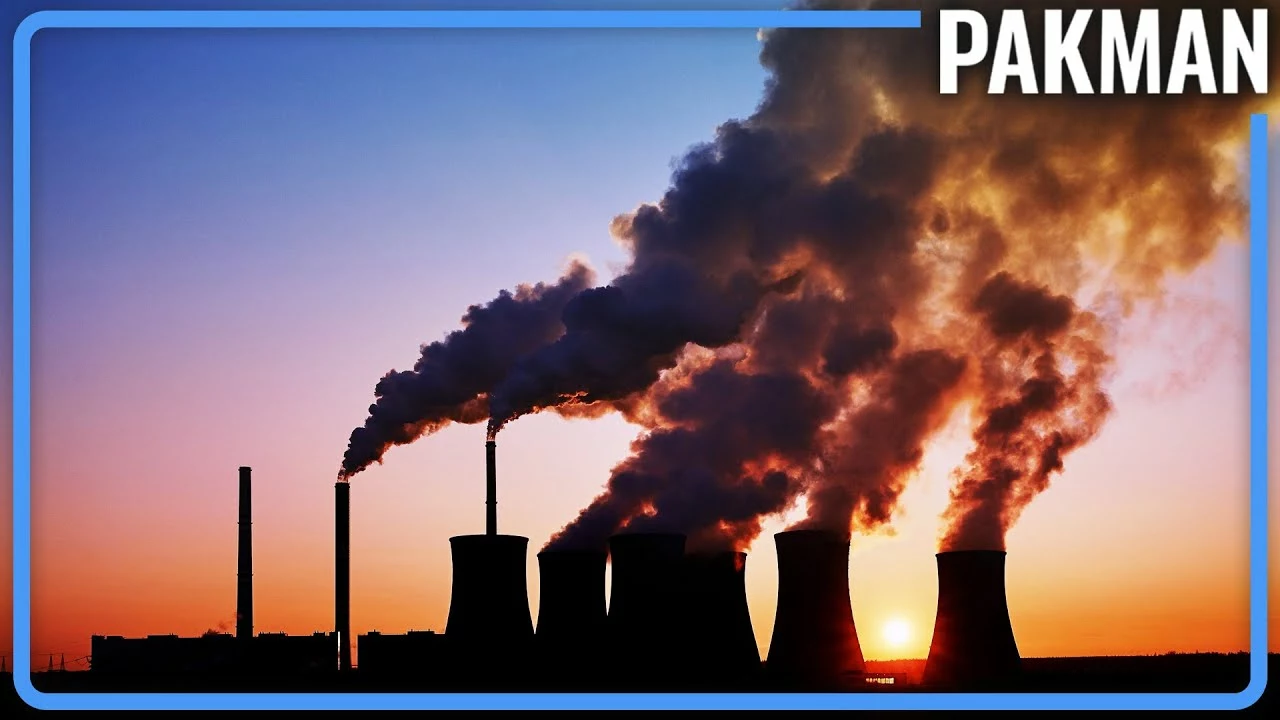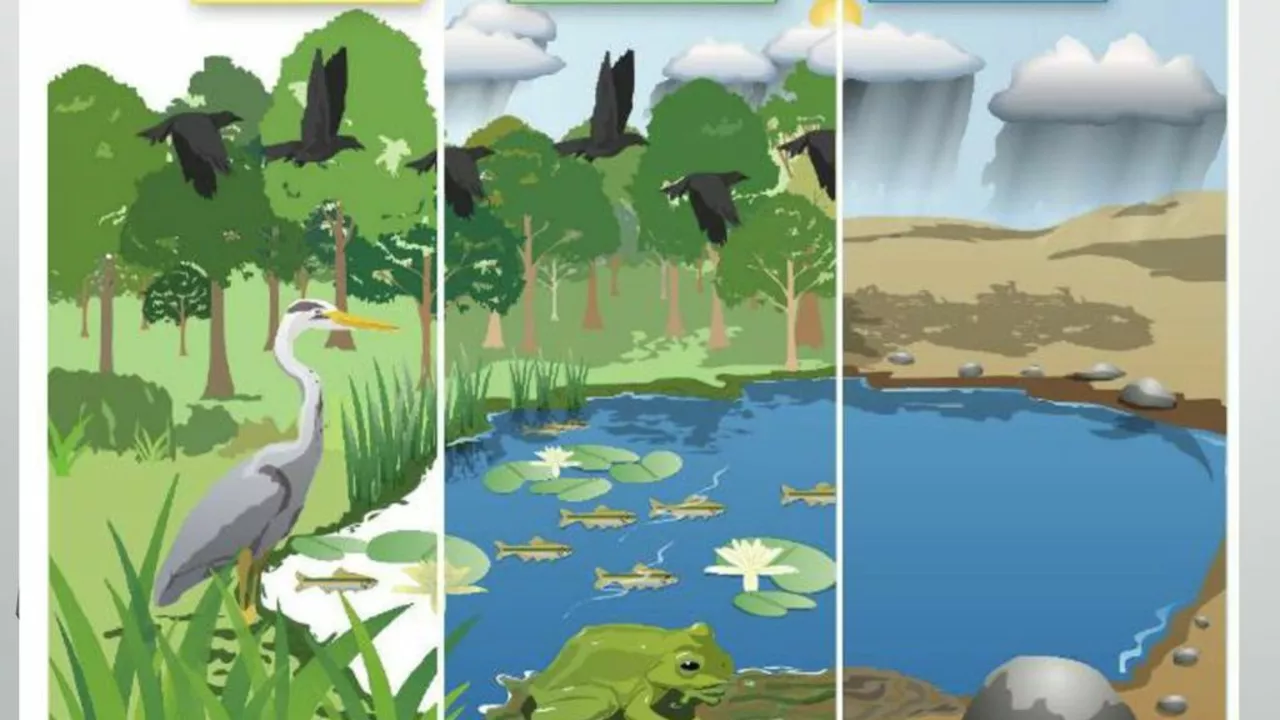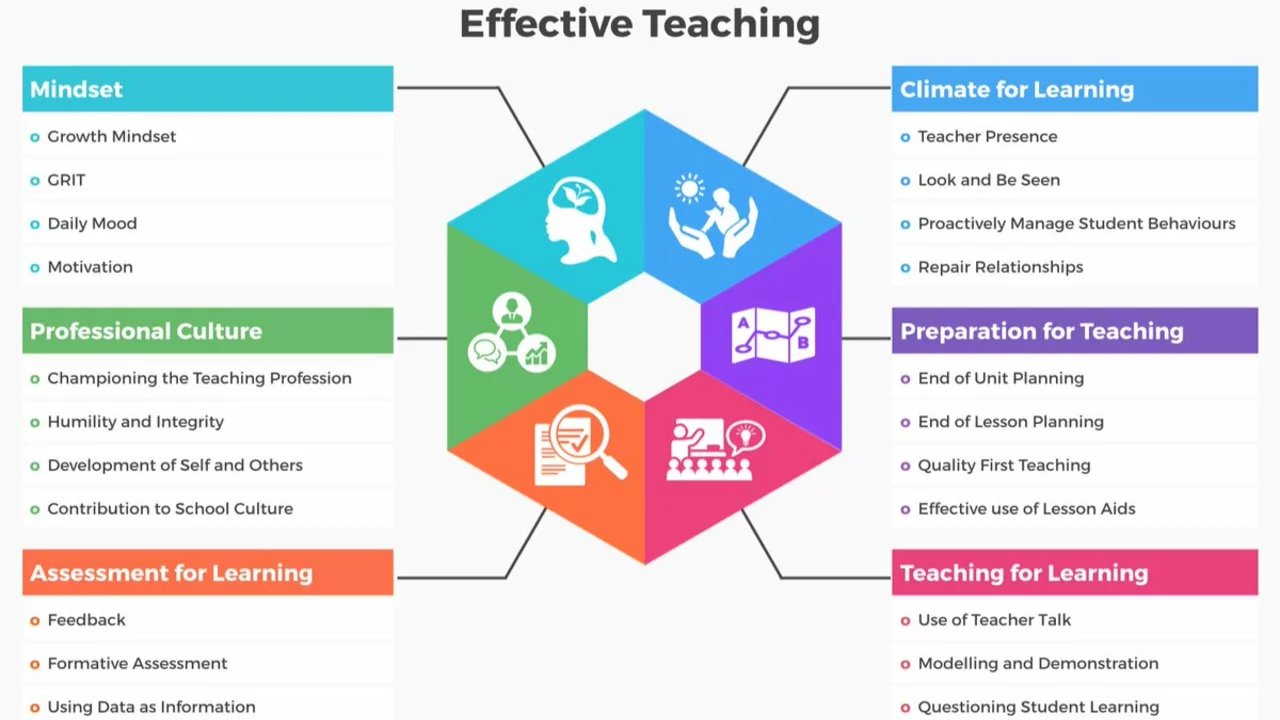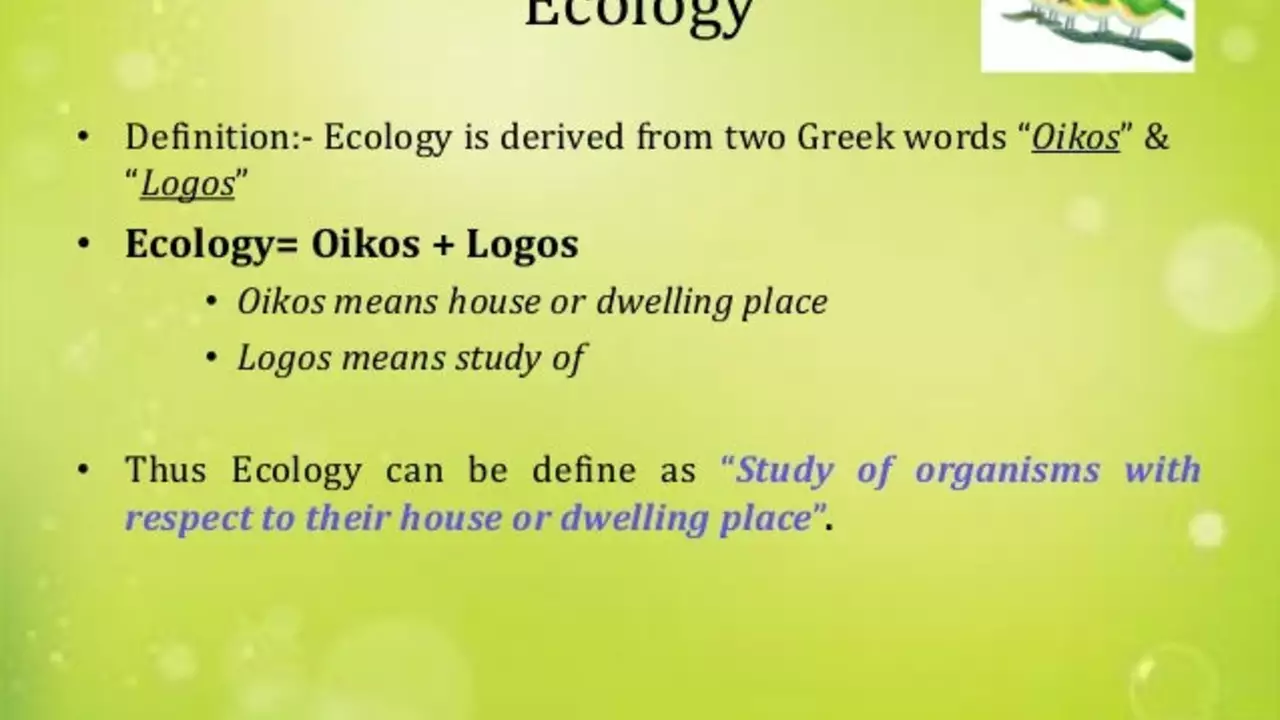Author: Kieran Whitlock - Page 2
RAF Typhoons Intercept 15 Russian Planes Over Poland in One Week
-
Written by Kieran Whitlock
1/ 10
RAF Typhoons based in Malbork intercepted 15 Russian planes in a week, highlighting NATO's heightened air policing as Russian overflights surge across Europe and Alaska.
Four World Title Fights Boost Jake Paul vs Gervonta Davis Undercard
-
Written by Kieran Whitlock
24/ 09
The November 14 showdown at Miami's Kaseya Center now includes four championship bouts. Alycia Baumgardner will defend four junior‑lightweight belts against Canadian Leila Beaudoin in a 12‑round fight. Additional titles feature a WBA junior welterweight defense, an undisputed junior featherweight clash with Mayelli Flores, and Yokasta Valle's strawweight defense. Netflix will stream the entire card, marking a major step for the platform's boxing coverage.
Ballon d'Or 2025: Ousmane Dembele Takes Men's Crown as Lionesses Shine
-
Written by Kieran Whitlock
23/ 09
Paris Saint‑Germain forward Ousmane Dembele walked away with the 2025 men's Ballon d'Or. England's Lionesses dominated the women's side, with four players in the top ten, while Arsenal celebrated a night of multiple nominations. Aitana Bonmati also lifted a major trophy at the glamorous ceremony.
Burnham Assault: Police Release CCTV Images After Attack Outside The Bee Pub
-
Written by Kieran Whitlock
10/ 09
Police have released CCTV images after a woman in her 60s was assaulted outside The Bee pub in Burnham at around 1:30am on Sunday, 29 June. The victim was treated in hospital and discharged. Officers want to identify two women who may have information. Witnesses are urged to call 101 or contact Crimestoppers anonymously, quoting reference 43250323316.
Why is the burning of fossil fuels bad?
-
Written by Kieran Whitlock
16/ 08
Hey, pals! Today we are shedding light on a pretty serious topic - why burning fossil fuels is indeed troublesome. We're going to delve into how this activity severely impacts our beautiful environment, boosts climate change, and pollutes the air we so mindlessly breathe in. If you're all for saving the planet (like I am!), come on board as we explore and understand the dark side of fossil fuels. Stay tuned, and keep green!
The Greek System Controversy - Examining frats and sororities' role on campus
-
Written by Kieran Whitlock
16/ 08
As a writer invested in exploring prevalent issues, I've delved deep into the Greek System controversy, focusing on the role of frats and sororities on campuses. I unravel the complexities surrounding these organizations, their pros and cons, and the impact they imprint on a student's life. Join me as we navigate through the heated debates, and cultural shifts, examining both sides of the story. Let's dive deep and question the very essence of these social orders. This analysis is necessary in our quest for inclusivity and understanding.
What are good project ideas about renewable energy?
-
Written by Kieran Whitlock
30/ 07
So, you're hunting for some bright ideas about renewable energy projects? Well, good news folks, I've got a few nuggets of gold for you! First, consider building a miniature wind turbine or solar panels to power up your gadgets. Isn't it cool to say "my phone is wind-powered"? Second, think about creating a DIY biofuel kit, it's not only eco-friendly but also gives you bragging rights at dinner parties. Lastly, don't overlook the idea of a solar-powered heater for your pool. Imagine, you'll be swimming in warmth while saving the planet. Now, go forth and conquer the renewable energy world, my green warriors!
What are “biotic” and “abiotic” components?
-
Written by Kieran Whitlock
28/ 07
Well, buckle up folks, we're about to delve into the exciting world of ecology! So, these two fancy terms, "biotic" and "abiotic" components, are basically the yin and yang of our natural environment. Biotic components are all the living things that make up our world, from the smallest bacteria to the largest blue whale - it's like the biggest family reunion ever! On the flip side, abiotic components are the non-living parts of the environment, like rocks, water, and even sunlight - essentially, all the stuff that doesn't have a heartbeat. So, in a nutshell, Mother Nature's recipe for life contains a whole lot of both biotic and abiotic ingredients. It's a wild cocktail, isn't it?
Is environmental science harder than biology?
-
Written by Kieran Whitlock
21/ 07
In my exploration of the question, "Is environmental science harder than biology?", I've found that it's not as straightforward as you might think. Both subjects are complex and challenging in their own ways. Biology is often more focused and in-depth, delving into the mechanisms of life. On the other hand, environmental science is broader, encompassing aspects of biology, chemistry, and earth science to understand the environment. So, whether one finds environmental science harder than biology can greatly depend on individual interests and strengths.
What is ecology and how is it divided?
-
Written by Kieran Whitlock
18/ 07
Ecology is a branch of biology focused on how organisms interact with each other and their environment. It's a vast field that's divided into multiple sub-disciplines. These include population ecology, studying groups of the same species, and community ecology, focusing on interaction between different species. Ecosystem ecology looks at energy flow and cycling of elements among organisms in a community and their environment. Lastly, there's global ecology that examines the biosphere and the large-scale interactions between organisms and the Earth.









